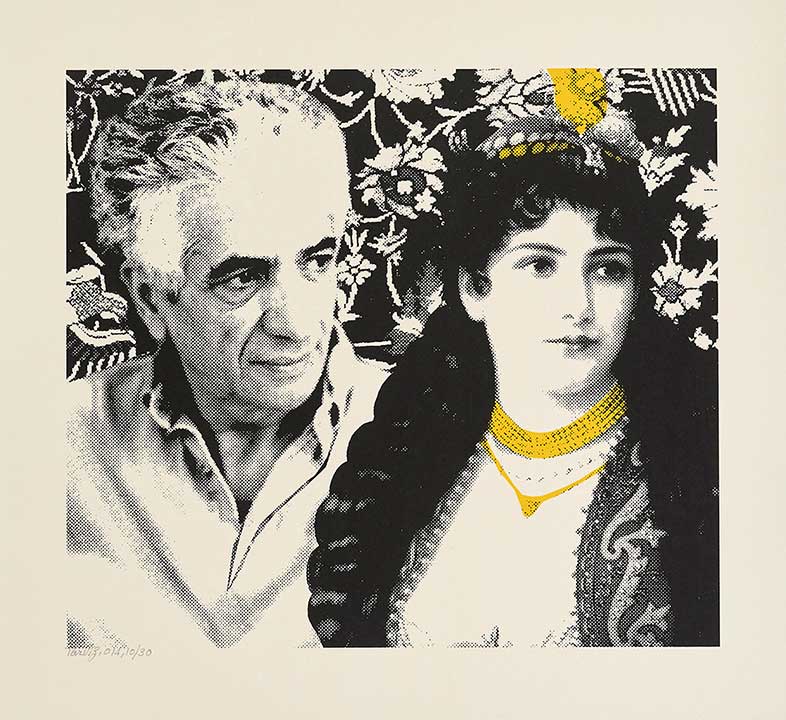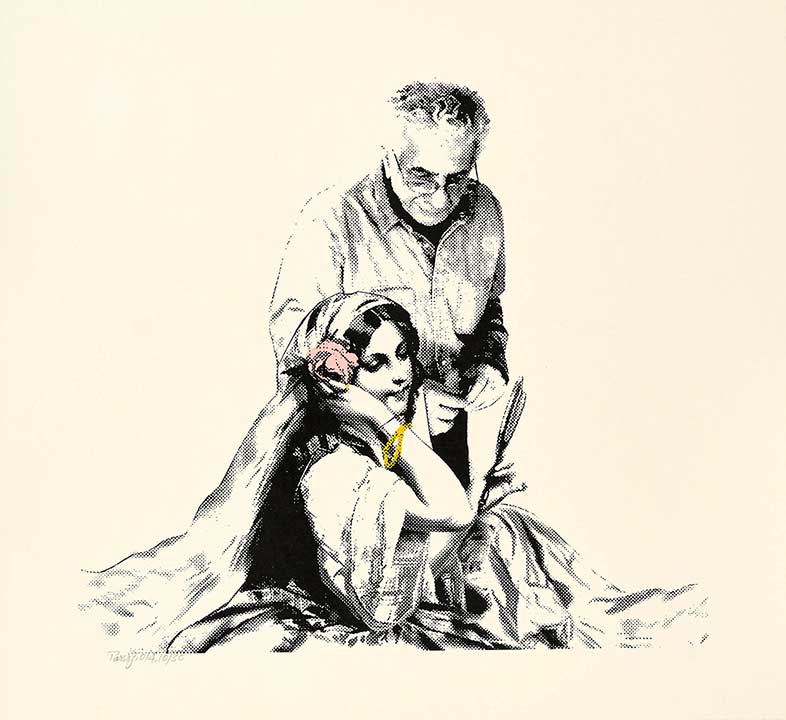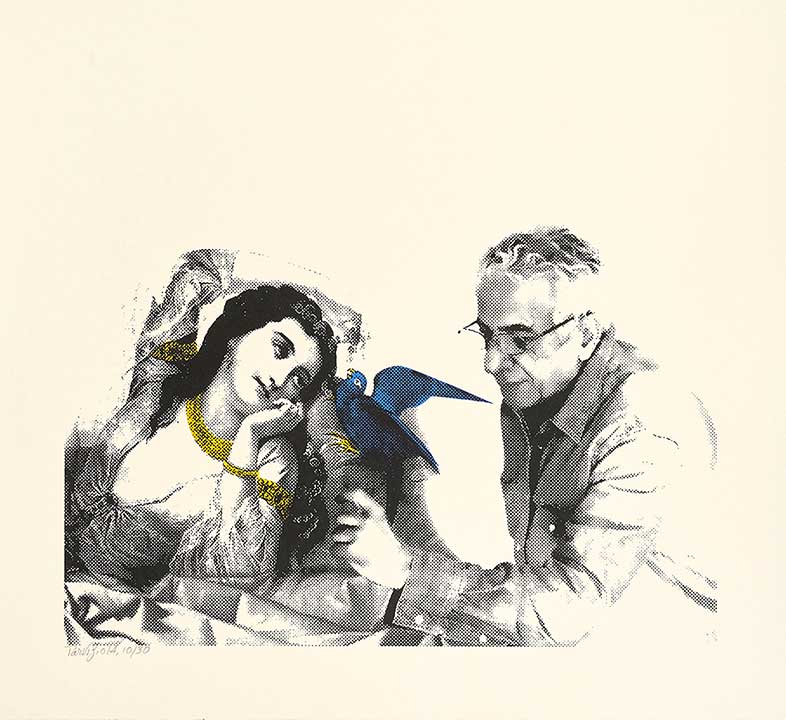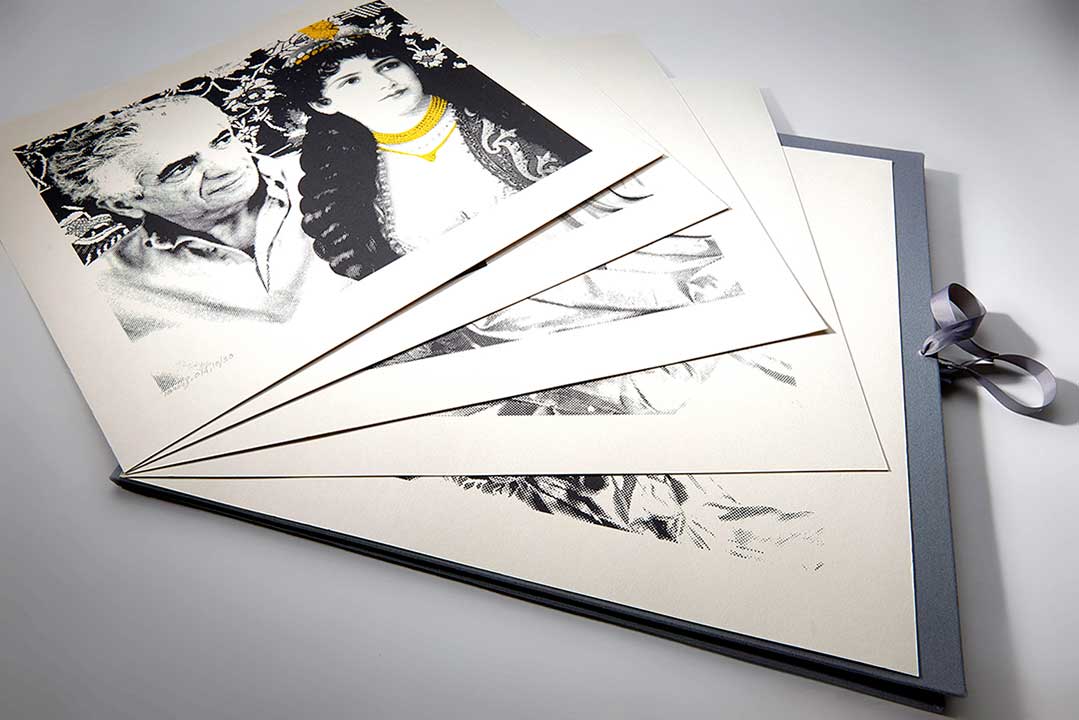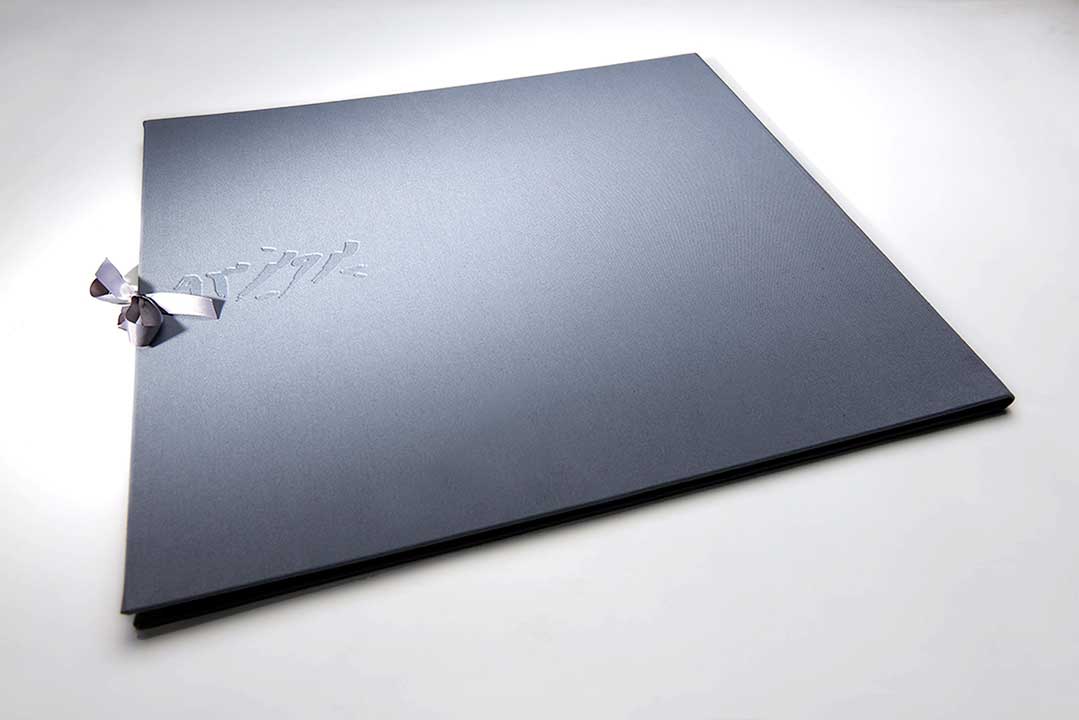Farangi Women & Me
Parviz Tanavoli
(2014)
A suite of 5 original screen prints in an edition of 30 and 5 Artist’s Proofs.
Shown at The British Museum, Aga Khan Museum
Collection: The British Museum
“During the course of the 19th century a relatively modern medium entered the private space of Isfahan houses and became a popular feature of interior design in Qajar Iran. This was print media – lithographed images on paper and postcards – and their subject was European women. The Persian word ‘Farangi’ for Europeans is a corruption of the word Frankish’, because among the earliest European travellers to Iran were Frenchmen, and for Persians that word came to represent all Europeans, from whatever country.”
“By the 19th century, such images became available more cheaply as mass media, as imported prints or newspaper illustrations, and they were enthusiastically received. They were displayed in homes, fixed to the walls and the ceilings, for the entertainment of family and friends. This was a fashion trend which was apparently enjoyed throughout the country, and for the entire Qajar period. “
“The love of the Isfahanis for these images created an aura of excitement and brought new life to their homes. In those days, it was brave to keep images of partly naked women and expose them to family and the guests. The risk of being condemned for breaking religious rules and for being blasphemous was high. Yet the Isfahanis managed to avoid trouble. “
“Another courageous action of the Isfahanis was their brave decision to mix a Western medium and a Western subject with traditional Iranian art forms such as mirror works and floral-decorated stucco.”
(European Women in Persian Houses. By Parviz Tanavoli. I.B.TAURIS 2015)
In fact the Art of Qajar era, formed on the fundaments of Safavid High-Art and European Middlebrow. The European hegemony changed the taste of the courts of Qajar aristocrats, Soon spread to the ordinary people’s life. These new decorative elements placed on Porcelains, tiles, textiles, rugs; Even in iconic religious paintings and reliefs, the faces and the figures of these Farangi women replaced the traditional figures of angels.
Parviz Tanavoli, as a researcher, has tracked some of the most famous of these lithographs and prints through various medias over decades. According to his researches very few of these images used and copied thousands of times repeatedly on rugs, murals, paintings, tiles etc. for over a century. Some of them are still being copied and used as lowbrow art such as posters, postcards and cheap ceramic works.
He believes that these images of women, following the westernization of the society, played an important role in making a new era in Iranian art history. The presence of women in society challenges patriarchal power of traditions; bringing women to the foreground, changing the dominant role of men in traditional society, changes of clothing, behaviours and traditions are what women are still fighting for. Tanavoli, as a researcher, has been always looked at these images like the pieces of a bigger puzzle in modernization of his country.
Parviz Tanavoli, after decades of following, tracking and searching for these “Farangi Women”, now standing side by side of them, admiring them, telling stories for them, reading poems for them and showing us some fragments of his life spending with them. His self-portraits with these guests to our houses, on our rugs and carpets, and our paintings for over a century, are the most poetic story from him.
This portfolio of prints, “Farangi Women & Me”, limited to 35 editions and 5 Artist’s Proofs, produced in Tehran by KA:V Editions in 2014.
Yashar Samimi Mofakham

